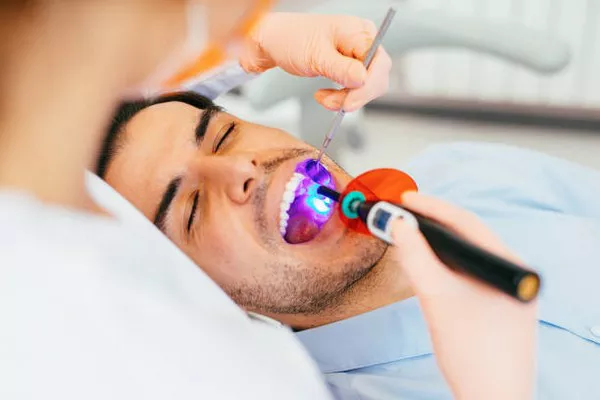Orthodontic treatment is a specialized field of dentistry that focuses on correcting misaligned teeth and jaws. It involves the use of various dental devices such as braces, aligners, and retainers to straighten teeth and create a better bite for improved oral health. While orthodontic treatment is essential for many individuals, it can also be very expensive, leaving patients wondering why this treatment is so costly.
In this article, we will explore the factors that contribute to the high cost of orthodontic treatment and provide insights into why it may be worth the investment.
The Cost of Education and Training
One of the first factors that contribute to the high cost of orthodontic treatment is the education and training involved in becoming an orthodontist. Orthodontists are dentists who go through additional years of specialized training in orthodontics after completing their dental degree. This training includes rigorous coursework, clinical rotations, and residencies that prepare them to diagnose and treat complex orthodontic cases.
This extensive education and training come at a significant cost, which has to be recouped through patient fees. Additionally, the continuing education required for orthodontic specialists to stay up-to-date with the latest techniques and technologies also adds to the cost of providing orthodontic care.
The Cost of Materials and Equipment
Another factor that affects the cost of orthodontic treatment is the materials and equipment used during the procedure. Braces, wires, and other orthodontic appliances must be custom-made for each patient, which requires specialized equipment and materials that are more expensive than standard dental materials.
Orthodontic practices must also invest in diagnostic equipment, X-rays, and other tools necessary to diagnose and monitor patients’ progress throughout treatment. These costs are passed onto patients, contributing to the overall expense of orthodontic care.
The Cost of Labor
Orthodontic treatment requires a team approach, with orthodontists working alongside dental assistants and support staff. The cost of labor can be a significant factor in the overall expense of orthodontic treatment.
Orthodontic practices must pay for salaries, benefits, and training for their staff members. Additionally, the cost of malpractice insurance is higher for orthodontists than for general dentists due to the complexity of orthodontic treatment. These costs are ultimately passed onto patients, adding to the cost of treatment.
The Cost of Marketing and Overhead
Like any other business, orthodontic practices must invest in marketing to attract new patients. This includes conducting outreach efforts such as advertising, website development, and social media campaigns. The costs associated with these activities add up and contribute to the overall expense of orthodontic treatment.
In addition to marketing, orthodontic practices must also cover overhead costs such as rent, utilities, and office supplies. These expenses are necessary for running a practice but also contribute to the high cost of orthodontic care.
The Value of Orthodontic Treatment
While the cost of orthodontic treatment may seem high, it’s essential to consider the value that comes with this type of care. Orthodontic treatment can improve oral health, boost self-esteem, and enhance overall quality of life.
Straight teeth are easier to clean and maintain, reducing the risk of tooth decay, gum disease, and other dental problems. Properly aligned jaws can also alleviate headaches, jaw pain, and other symptoms caused by bite problems.
Additionally, the confidence boost that comes with a beautiful smile can have a lasting impact on an individual’s personal and professional life. Investing in orthodontic treatment can provide long-term benefits that outweigh the initial cost.
Options for Making Orthodontic Treatment More Affordable
For those who may still find the cost of orthodontic treatment prohibitive, there are options available to make the treatment more affordable.
Many orthodontic practices offer payment plans that allow patients to spread the cost of treatment over time. Some may also accept financing through third-party lenders, which can provide low-interest rates and flexible repayment terms.
Additionally, some dental insurance plans cover a portion of orthodontic treatment costs. Patients should check with their insurance provider to see if they are eligible for coverage.
Conclusion
Orthodontic treatment is a valuable investment in oral health and overall quality of life. While the cost of treatment may seem high, it’s important to consider the factors that contribute to this expense as well as the benefits that come with proper alignment of teeth and jaws.
Orthodontic practices must recoup the cost of education and training, materials and equipment, labor, marketing, and overhead expenses. However, many options are available to help make orthodontic treatment more affordable, including payment plans, financing, and insurance coverage.
In the end, the value provided by having a healthy, beautiful smile is worth the investment in orthodontic treatment.
Related Topics:





























